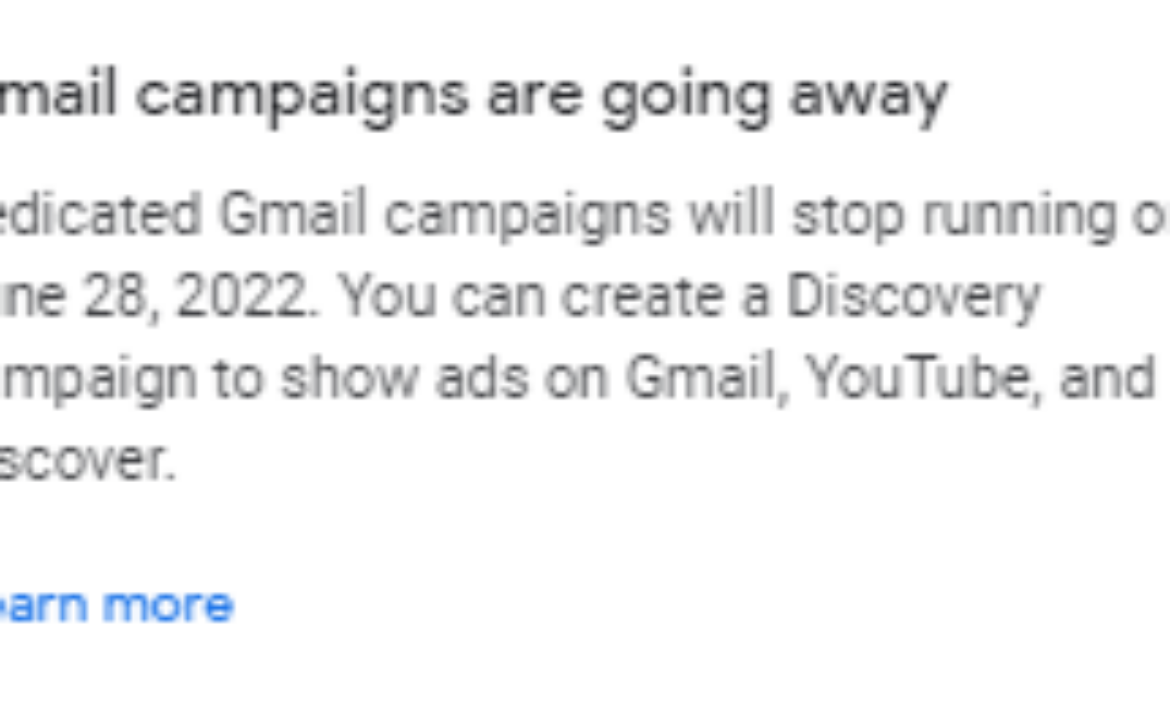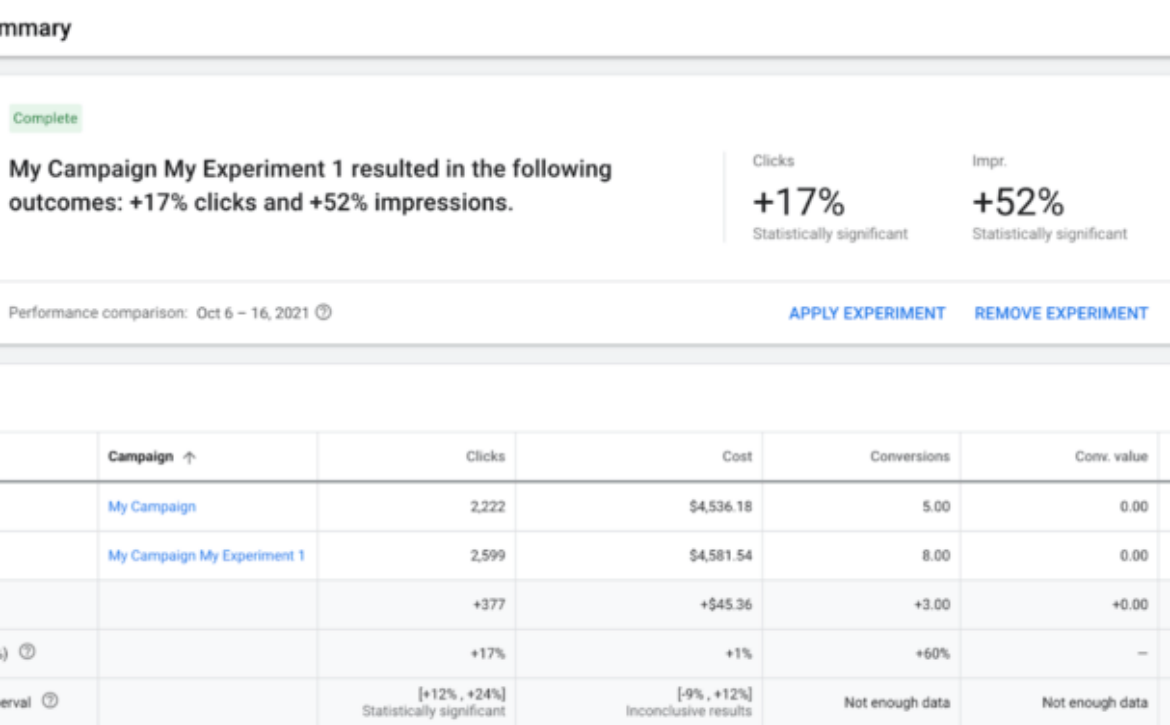If you’ve followed along with the news recently, Google has confirmed that Target CPA (tCPA) is not planned to sunset in 2022. You may be asking, “Why is this even news?” Well, the recent Google Ads video “Expert Series: Welcome to 2022” had many folks (myself included) confused as to the future of non-value bidding strategies with unflattering and cryptic mentions about the popular bid type.
One thing that we’ve seen time and again with Google Ads is that smoke usually leads to fire. In this case, you may want to take steps today to get your value bidding plan in order.
Google’s tCPA & Max Conversions comments and guidance. At the beginning of the “Welcome to 2022” webinar, Google Rep Neha Shaikh made the statement:
“…it [tCPA] is something that we’d like to leave behind in 2021, because we believe that every conversion should get a value…”
Later in the webinar, when talking about enhanced conversions, Rogier Kentie, digital marketing strategist at Google, went on to say:
“Target CPA and Max Conversions are not supported. Because, as we said in the beginning, we’re moving away from tCPA and we’re moving away from Max Conversions because every conversion has value.”
Think I’m reading too much into it? Well, later in the presentation Mr. Kentie went on to state that they no longer advise using the two bidding types:
“That is why we won’t advise to use Target CPA and Max Conversions anymore because the one and the zero are the only two values that are actually coming in.”
Having worked in Google Ads since its inception, these statements have my spidey senses tingling as to the long-term viability of non-value-based bid strategies. As a result, we are expediting value-based bidding for some of our clients.
Value-based conversions are an improvement. Thanks to Ginny Marvin, ads product liaison at Google, we know that there is not a plan to sunset tCPA or Max Conversions in 2022, but for many clients (even B2B!) you can drive better results when moving away from these binary conversions. Google is objectively right on this point.
Generally speaking, a contact form lead does not close at the same rate as a demo request lead, the demo request is typically more valuable. What’s worth more? A newsletter sign-up or a request for consultation? The point is that not all conversions are created equal and “moving away” from tCPA is a noble idea. That being said, “moving away” also creates more work for advertisers.
How to determine the value of conversions. Unlike e-commerce, a non-purchase conversion can be complicated. Some conversions may be straightforward and easy to track (online dining reservations, appointment bookings, etc.) while other conversions with complicated or lengthy sales processes may take more work.
Finding the true value of each conversion is a routine process for the trained professional, but it can be difficult without reliable data. If you have a CRM that is actively used (with good standardization), you’ll be ahead of the game. If you don’t have some way to track the Google Ads conversion into a qualified lead, then you’ll want to start. For many companies, this process can be a uniting principle between marketing and sales to make sure you have complete alignment on strategy.
The first thing you need to do is list and define all of your conversions in Google Ads (or on your site if you haven’t set that up yet). From there, you should look at where in the funnel that conversion lies. Is it a top-of-the-funnel content download? Is it a bottom-of-the-funnel demo request? What happens to each after the conversion has occurred?
Getting to a uniform lead type will help to reverse engineer the value that should be assigned to each conversion.
Some conversions, like a newsletter subscription or membership signups, are easier as you can pull average the lifetime value, or a one-time conversion value if applicable.
For conversions with complicated sales processes, we generally look at the conversion rate of the lead type into a sales accepted/sales qualified lead. From there, you can input the average conversion rate of SQL to sale/deal and figure out what each lead is worth.
Sample math on this may look like this: Average Deal Size * Lead to SQL Rate * SQL to Deal Rate = Lead Value
In this example, if your average deal size was $10,000 with a Lead to SQL rate of 10% and a SQL to deal rate of 25%, the value of a lead that you could use as a Google Ads Conversion would be $250. Of course, you could add in more detail about MQLs, opportunities, additional costs and any other meaningful data points for you and your sales process.
It should be noted that there are many, many ways to find this number, and if you have enough data, you can use conversion-specific percentages down to the deal level. While this process could be an entirely separate article, you should get a rough idea of what each conversion is worth.
Once you have reverse engineered what an average conversion is worth, you can input those values into the Google Ads goals. You’ll also be able to get another benefit within Google Analytics when you put the conversion value in for each goal — Page Value metrics. Page Value metrics can help show what content is the most valuable (not just driving goals) by showing the influence those pages had on Goal Value.
Why we care. When reading the tea leaves of the “Welcome to 2022” video, some people (me) see Google moving in a different direction than tCPA or Max Conversion Value bidding. Whether you believe it or not, taking the time to actually determine the value of leads will unlock value-based bidding.
The benefits of this include the potential for smarter Google Ads bidding if you have multiple conversions and a truer view in Analytics using Page Value. Plus, you won’t find yourself scrambling if the smoke does lead to fire down the road.
The post tCPA may not be going away (yet), but it should: Why it’s time to embrace value-based bidding appeared first on Search Engine Land.




